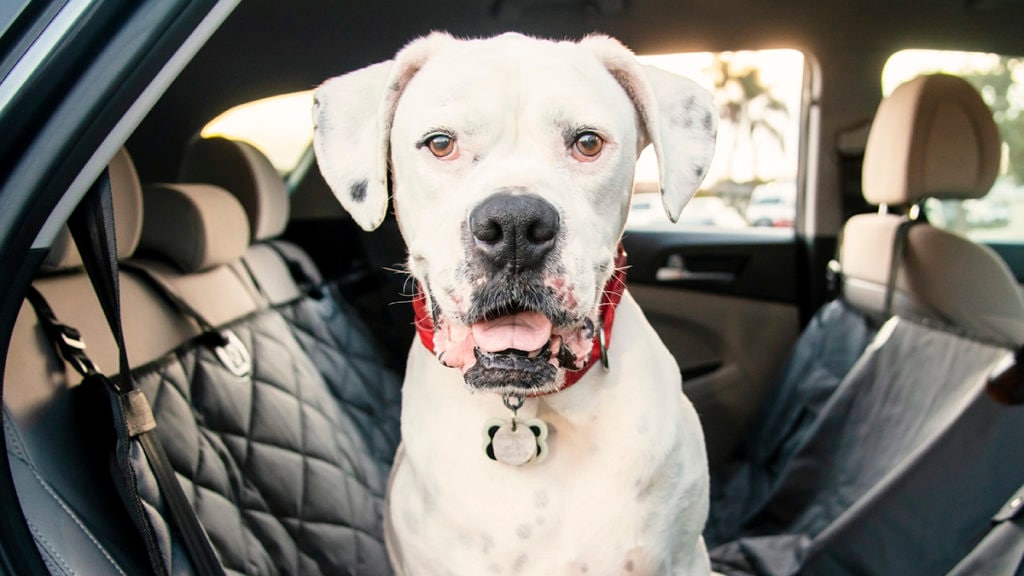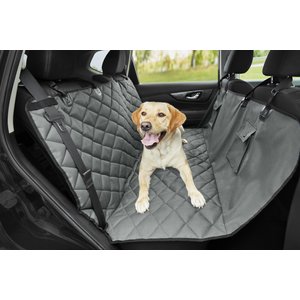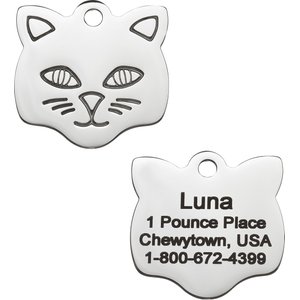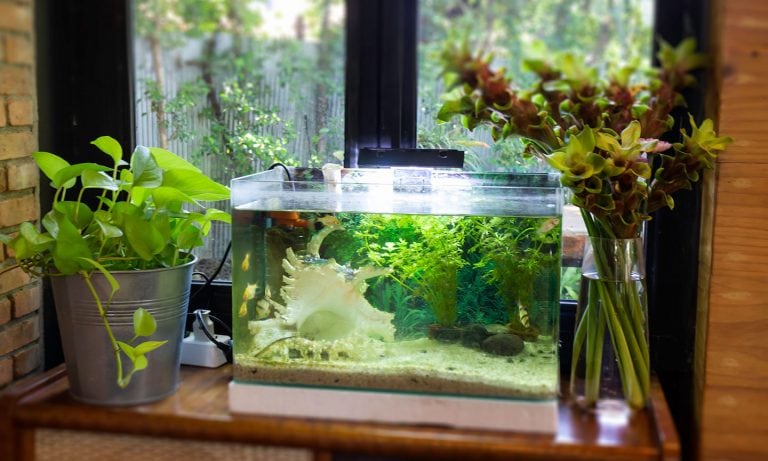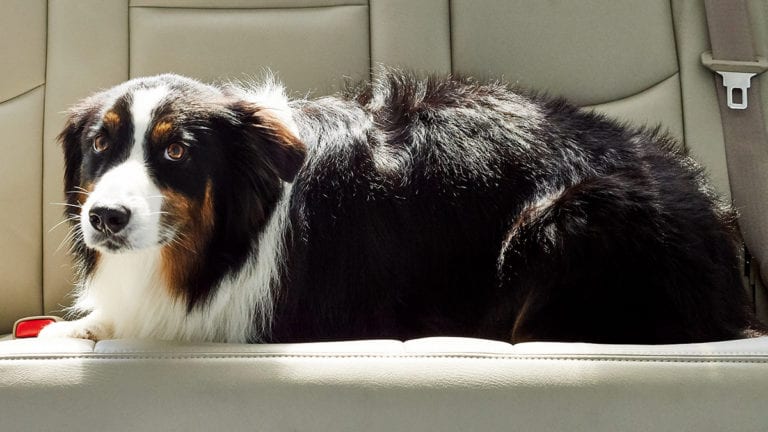When you hit the open road with your furry or feathered friend, do you think about pet safety in cars? If you let your pal sit shotgun (or maybe on your lap) while on a quick trip to the market, you might want to reconsider.
“An unrestrained pet can become a missile if you slam on your brakes or have an accident, causing injury to you, your pet or your passengers,” says Melanie Monteiro, a pet safety expert who lives in Los Angeles, California and author of “The Safe Dog Handbook.”
“Think about this: A 10-pound cat [can] become a 500-pound projectile in a 50-mph crash,” she adds. “An 80-pound dog [can] become a 2,400-pound projectile in a 30-mph crash.”
Follow these six tips to keep your pet safe in the car.
1. Choose Your Restraining Device
You can secure your pet in several ways, depending on what type of animal you have. Smaller animals, such as cats, small mammals, birds and reptiles, can travel in style in an appropriately sized, crash-tested critter carrier, like the Sleepypod mobile pet bed and carrier.

Via Chewy.com
Dogs, however, have more options, Monteiro says.
“Toy breeds do well in booster seats and carriers, like the Sleepypod mobile pet bed and carrier and the Kurgo Skybox booster seat,” Monteiro says. “Small, medium and large dogs do well with a harness/extension lead or zipline combo, which allows them to have security and freedom of movement in the back seat.”
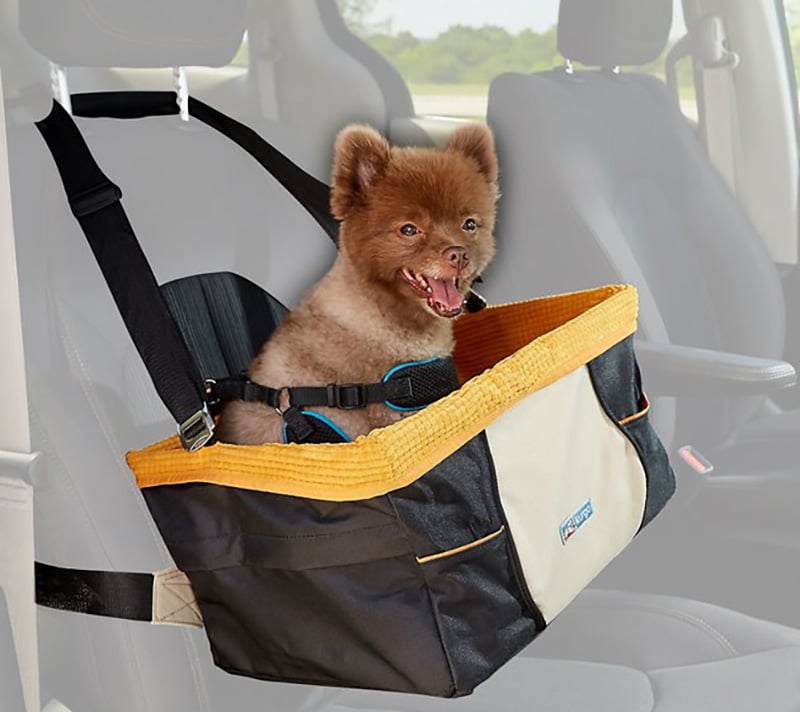
Via Chewy.com
If you choose a harness extension, which attaches to the seat belt, or a harness-zipline combo, Monteiro recommends adding a dog car hammock.
“This closes the gap between the front and back seat so your dog can’t fall off the seat if his tether is too long,” she says.
The Frisco quilted water resistant hammock car seat cover is a good choice and is designed to fit most car models.
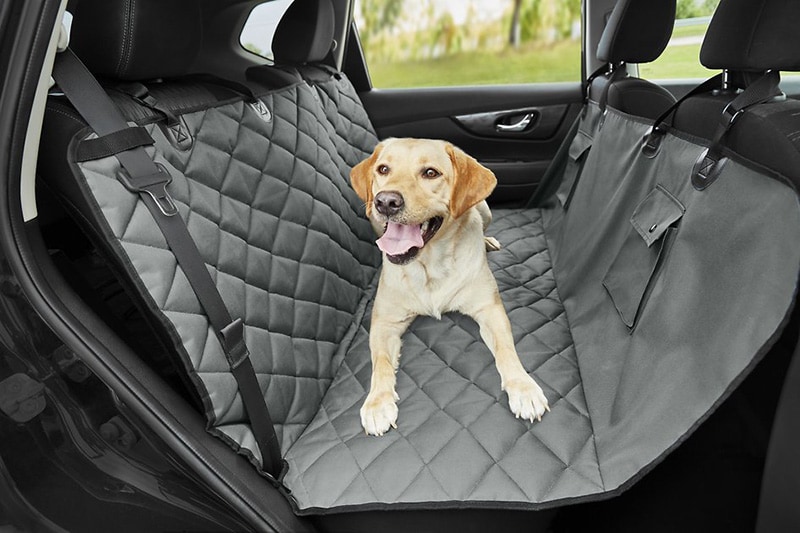
Via Chewy.com
Very large and giant breed dogs can ride in the back seat if it’s roomy enough, Monteiro adds, as long as they are buckled into a dog car harness, like the Solvit Deluxe car safety dog harness.
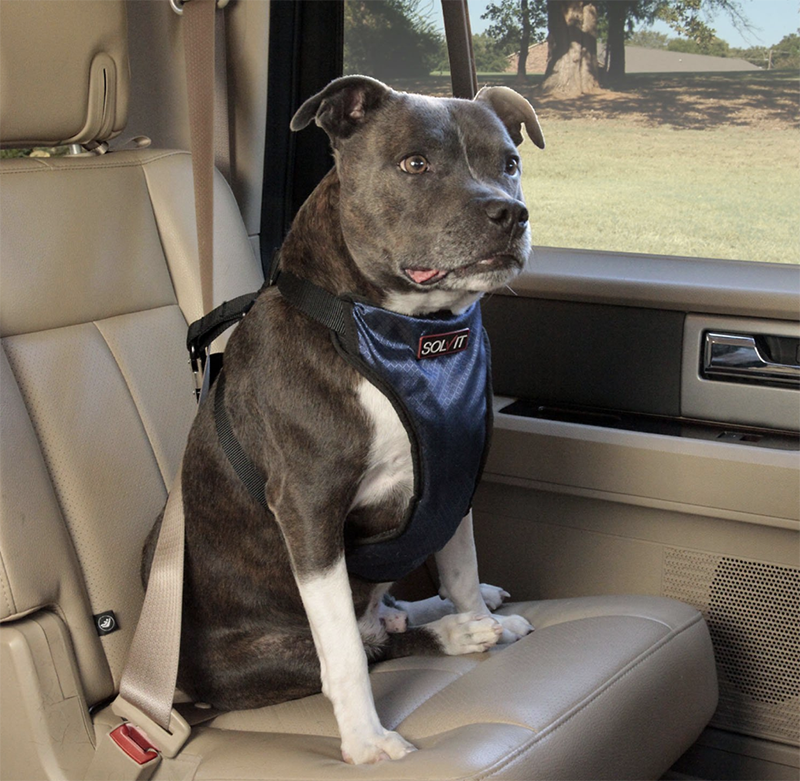
Via Chewy.com
Another option, Monteiro says, is a car barrier, like the MidWest wire mesh universal car barrier, which keeps your larger dog in the cargo portion of a vehicle.

Via Chewy.com
2. No Riding Loose in Truck Beds
If a pickup truck is your only mode of transportation and your pal has to ride in the bed of the truck, do not let him run loose, Monteiro says. Instead, put him in a hard-sided crate that’s tethered down.
“Never allow your dog to ride loose in the back of an open truck,” Monteiro says. “This should need no further explanation! If the truck bed is your only option, be sure he’s in a secure, tethered crate and the weather is neither too warm nor too cold.”
3. Pack a First Aid Kit
Along with your own travel first aid kit, Monteiro recommends including one for your pet. Choose one that includes the basics, like tweezers, bandages, alcohol pads, antiseptic wipes and tape. A pre-packaged, all-purpose first aid kit, like the Kurgo pet first aid kit, will help keep you prepared for any accidents that happen on the road.
4. Mind the Temperature
Your car might seem like a convenient place to keep your pet while you run errands, but temperatures quickly can become fatal for animals. Monteiro’s rule is to never, ever leave a pet unattended in a vehicle.
“Even in the low 70s [Fahrenheit], your car’s internal temperature can rise to deadly levels for a pet in a matter of minutes, even with the windows cracked,” she says. “Conversely, in winter, your car can become too cold.”
5. Opt for Eye Protection
If your pal likes to ride with the window open, make sure he’s wearing goggles, like the Doggles original dog goggles, to protect his eyes from flying debris and the beaming sun. Another bonus: He’ll look super cool as you’re cruising down the road.
6. Make Sure Your Pet Has Proper ID
Should your pet escape or dash off while you’re getting gas, proper identification can reunite you, Monteiro says. Two common methods are identification tags, like the GoTags personalized stainless steel ID tag, and microchips. As a failsafe, however, it’s a good idea to use both.
Before you travel in the car with your pet, perform a quick pre-trip check to make sure you have pet-proofed the vehicle and ensured your pal’s safety. It’ll make the difference between a fun adventure and a giant headache—or worse. Safe travels!
By: Wendy Wilson
Featured Image: By Jon Lofdahl
Share:
